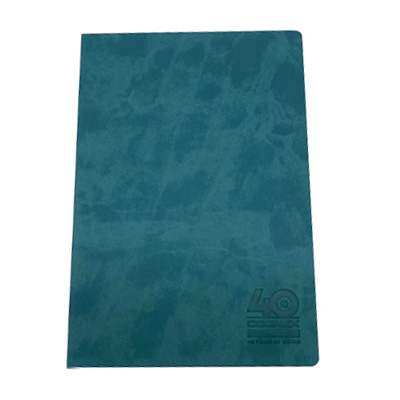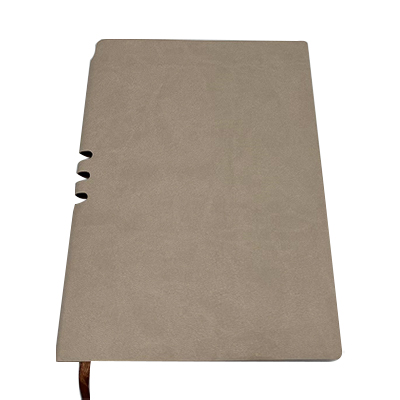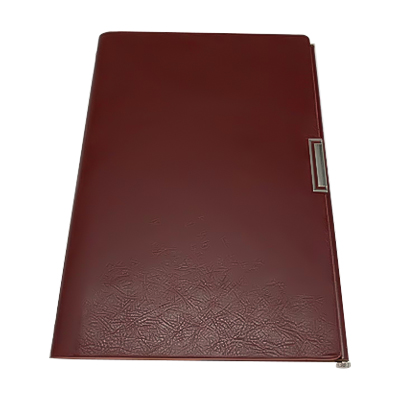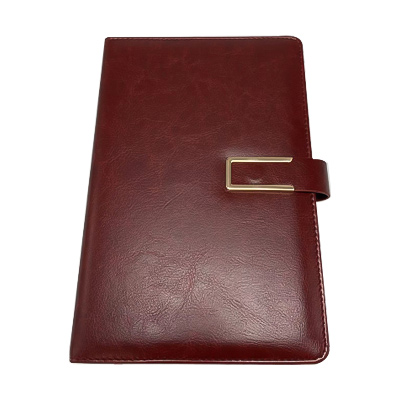In recent years, there has been a clear trend in the global catering industry: more and more restaurants are adopting paper tableware instead of traditional plastic or ceramic tableware. This transformation is not accidental, but the result of multiple social, economic, and technological factors driving it together. From the rigid constraints of environmental policies to the soft guidance of consumer preferences, from breakthroughs in materials science to precise calculations of commercial costs, the rise of paper tableware reflects the deep acceptance and practice of the concept of sustainable development by the entire society.
The increasingly strict environmental regulations of governments around the world are the most direct driving force for promoting the popularization of paper tableware. With the increasing global attention to plastic pollution, many countries and regions have successively introduced policies to restrict or ban disposable plastic products. For example, China's "Opinions on Further Strengthening the Control of Plastic Pollution" released in 2020 clearly requires that by 2025, the consumption intensity of non degradable disposable plastic tableware in the catering and delivery industry in prefecture level and above cities needs to be reduced by 30%. The EU's "Single Use Plastic Directive" (SUP Directive) also prohibits a range of products, including plastic tableware. These regulations force catering companies to seek alternative solutions, and paper tableware has become one of the most compliant options due to its biodegradable and recyclable properties.
At the same time, consumers' environmental awareness is also rapidly awakening. Young consumers, especially millennials and Generation Z, are increasingly valuing corporate environmental responsibility in their consumption decisions. Market research shows that over 60% of consumers are more inclined to choose food and beverage brands that use eco-friendly packaging. This preference has prompted many restaurants to incorporate paper tableware as part of their brand image, attracting environmentally conscious customers by emphasizing "green dining". Social media further amplifies this effect - when consumers share a coffee shop using paper straws or meal boxes on Instagram or Xiaohongshu, it invisibly brings free environmental marketing to the brand.
Technological progress has cleared the performance barriers for the large-scale application of paper tableware. Early paper tableware was prone to water seepage and deformation when exposed to heat, resulting in poor user experience. But in recent years, breakthroughs in materials science have significantly improved the practicality of paper tableware. For example, paper cups and meal boxes treated with biobased coatings such as polylactic acid (PLA) can be waterproof and oil resistant, and can also degrade under industrial composting conditions. The improvement of compression molding technology has made the load-bearing capacity and high temperature resistance of paper tableware similar to plastic products. These innovations have made paper tableware no longer just an "environmental gimmick", but a truly usable daily substitute.
Cost factors cannot be ignored either. Although the price of single piece paper tableware is still generally higher than that of plastic products, the price difference is gradually narrowing with the expansion of production scale and supply chain optimization. In China, complete paper tableware industry clusters have been formed in Zhejiang, Guangdong and other places, reducing marginal costs through large-scale production. For catering enterprises, using paper tableware can also reduce the hidden costs caused by cleaning, disinfection, and damage - especially in the takeaway scene, paper meal boxes do not need to be recycled, directly simplifying the operation process. During the epidemic, the popularization of contactless delivery has further accelerated this trend, as disposable paper tableware is seen as a more hygienic choice.
Paper tableware has also become a tool for differentiated competition among catering brands. High end healthy dining brands often convey their brand philosophy of "natural" and "organic" through custom designed paper packaging. For example, some salad light food shops use unbleached original color paper boxes, deliberately preserving the natural texture of the paper to enhance the "additive free" image. More brands have collaborated with environmental organizations to launch joint branded tableware, donating a portion of the revenue to environmental projects to enhance the brand's sense of social responsibility. This strategy not only attracts specific consumer groups, but also triggers topic spread on social media.

 English
English Deutsch
Deutsch Français
Français Español
Español русский
русский عربى
عربى





